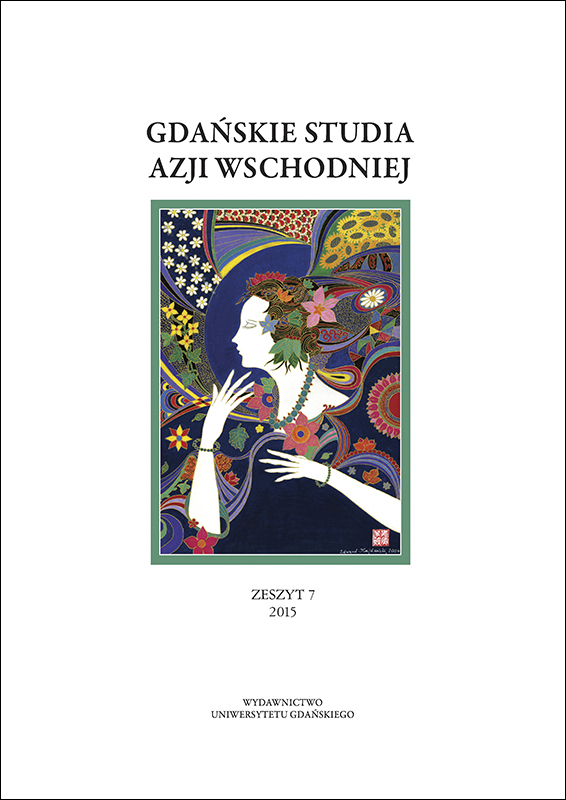Jedwabne Szlaki i inżynier Kazimierz Grochowski
The Silk Roads and engineer Kazimierz Grochowski
Author(s): Edward KajdańskiSubject(s): History, Language and Literature Studies, Studies of Literature, Polish Literature
Published by: Wydawnictwo Uniwersytetu Jagiellońskiego
Keywords: The Silk Roads; Kazimierz Grochowski
Summary/Abstract: The term “Silk Roads” (in its plural form) was first used in the European geographical literature in 1887 by the German geographer Ferdinand von Richthofen. “Silk Road” (in its singular form) became popular in the world after the publication of Sven Hedin’s book entitled Sidenvägen, in Stockholm in 1936 (Die Seidenstrasse in its German Leipzig edition of 1936). The singular form, the Silk Road is commonly used to designate what Richhofen meant. In fact the plural form is more correct and reflects more precisely what the transcontinental travel and communication network really was. Kazimierz Grochowski (1873–1937), carried over his excavations in several sand-buried cities of Mongolia, Urianghai (today’s Tuva) and Manchuria. Grochowski was convinced that even at the site of the newly built Harbin city, in the past there was an important trade crossing (Mongolian name Halabin meant “river passage”) on the route from the West to the East and vice-versa. Grochowski was one of the creators of an international Manchuria Research Society, being for many years the chief manager of its geological and archeological sections. Grochowski was one of a few European researchers who had made archeological excavations in the sand-buried cities of Bohayans, Kithans and Jurchens which were in those times responsible for the transient grassland silk roads, thus benefiting from their existence and development.
Journal: Gdańskie Studia Azji Wschodniej
- Issue Year: 2015
- Issue No: 07
- Page Range: 15-40
- Page Count: 26
- Language: Polish

